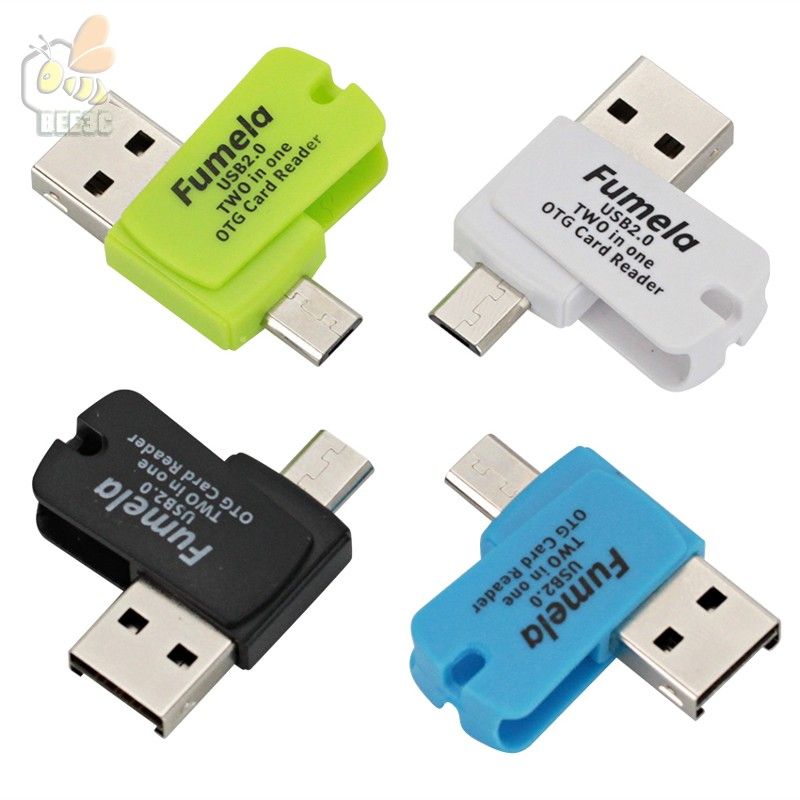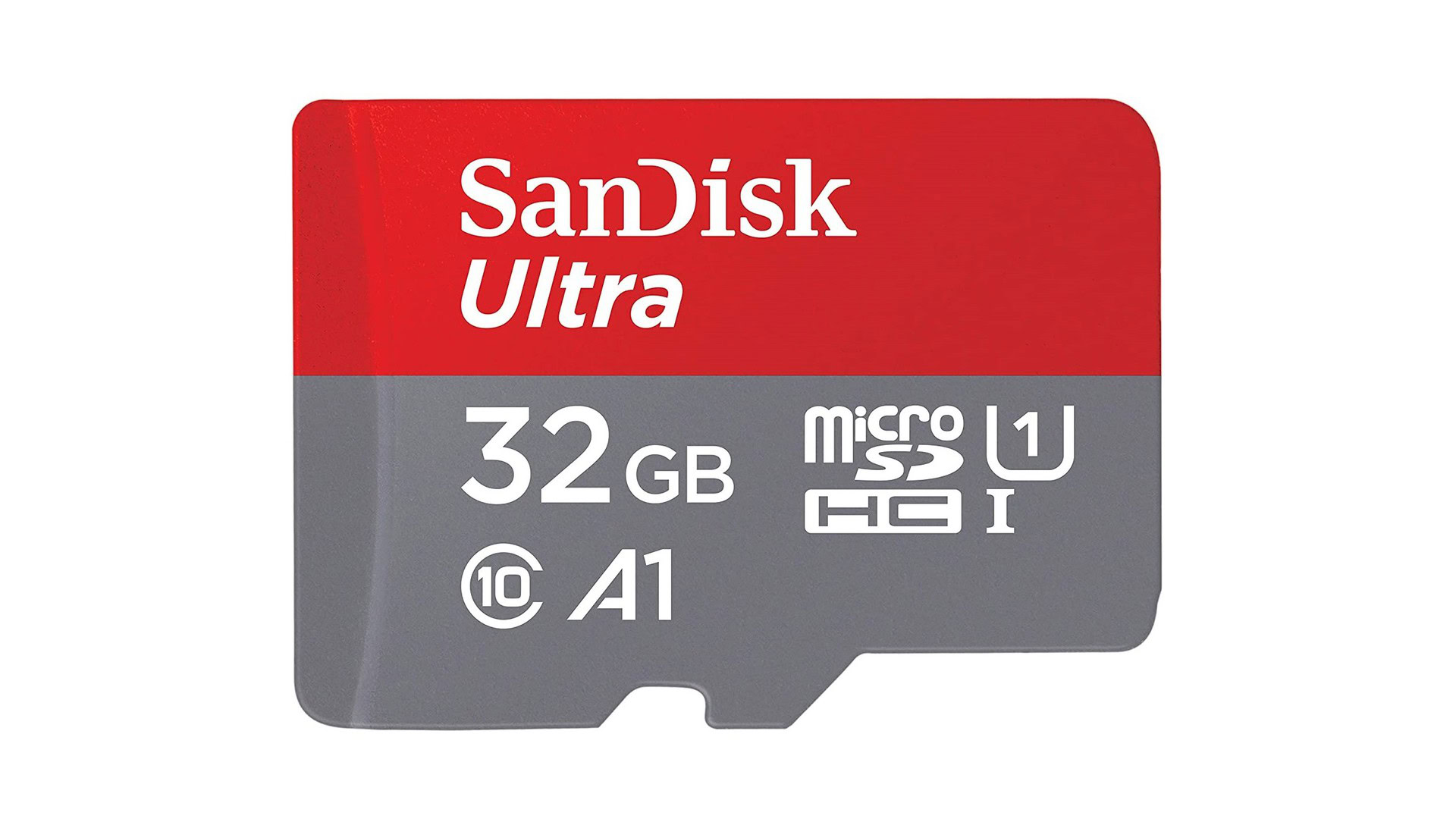
- #Best sd card reader for android phone how to#
- #Best sd card reader for android phone Pc#
- #Best sd card reader for android phone Offline#
- #Best sd card reader for android phone professional#
- #Best sd card reader for android phone windows#
Check the Quick Format box or else the process can take a long time especially for large SD cards. Next, enter the desired name in the Volume Label field. You may want to change this to exFAT if you anticipate having files larger than 4GB on the memory stick. You should then see a format window that defaults to FAT32. Right-click on the drive and select Format.
#Best sd card reader for android phone windows#
Next, open Windows Explorer and locate the SD card on your drive list or wait for a few seconds for the drive to load.
#Best sd card reader for android phone Pc#
Depending on the PC model, you can use a built-in reader or an adapter. There are two options to format an SD memory card on a computer.įor the first option, connect the memory stick to the computer. Wait a few minutes for the process to terminate then begin using the card. Finally, in the pop-up message, select Format SD Card. On your phone, navigate to Settings > Device Care.
#Best sd card reader for android phone how to#
Below, we show you an example of how to format an SD card in Samsung on Android OS version 10.

But the main idea is to navigate to the Storage area in your phone Settings, tap on the SD card, and look for the Format option. Format SD Card on Android Phoneĭifferent Android versions have slightly different steps on how you go about formatting. As already mentioned most devices with SD cards including phones, computers, and cameras have a formatting option. There are several ways to format a memory stick. In such a situation, you would have to format the SD card to exFAT. For large files over 4GB, you can't use the FAT32 file system which has a maximum file size of 4GB.

If you don't know where the memory stick has been and you're not sure what kind of files could be there, or you suspect it could be infected by a virus, the easiest thing to do is to format it.ĥ. If that's the case and the memory stick's performance can improve, then formatting becomes an option.Ĥ. You may experience performance degradation. In such a scenario, you would need to reformat to FAT32.ģ. Some older Android phones don't have support for the exFAT file system. SD card is damaged or simply isn't working and you have some kind of error message on your phone e.g. Before you begin, you may want to back up your SD card (memory stick) if it contains files you don't want to lose.īefore we begin, let us examine some common situations where you need to format a memory stick on an Android phone.ġ. What Are the Common Situations of Formatting an SD Card?įormatting in computing refers to the deletion of all data in a storage medium and setting up a file system.
#Best sd card reader for android phone professional#
However, if you're someone who intends to use a microSD card for shooting copious amounts of photos or 4K video, you might want to spring for a U3/V30 (30MB/s) or V60 card, such as the Lexar Professional 1000x.
#Best sd card reader for android phone Offline#
You may notice that all of these specs focus on write speed - that tends to be the lower of the two rates on an SD card - so if you see a card with a "transfer" speed of 100MB/s but only a U3 class, chances are that card has a read speed of 100MB/s and a write speed of 30MB/s.įor most users who just want to use a microSD to store app data, music, and movies for offline playback, you'll be perfectly fine with a U1 or U3 card like the Samsung EVO Select. Class 10 was as high as this class went, 10 MB/s write speed, and practically every card worth buying today is well beyond this speed at this point, so it's not as helpful an indicator of power/quality these days. Speed Class: Indicated by a number inside a C, the original classification system for SD cards.U1 starts at 10MB/s write speed, U3 starts at 30MB/s write speed, and both are perfectly adequate for most Android phones. UHS Speed Class: Indicated by a 1, 2, or 3 inside a U, this class is still used on most cards today.For example, V30 starts at 30MB/s write speed, V60 starts at 60MB/s write speed, and V90 starts at 90MB/s, but unless your phone shoots 8K video, you probably don't need a V90 card.



 0 kommentar(er)
0 kommentar(er)
